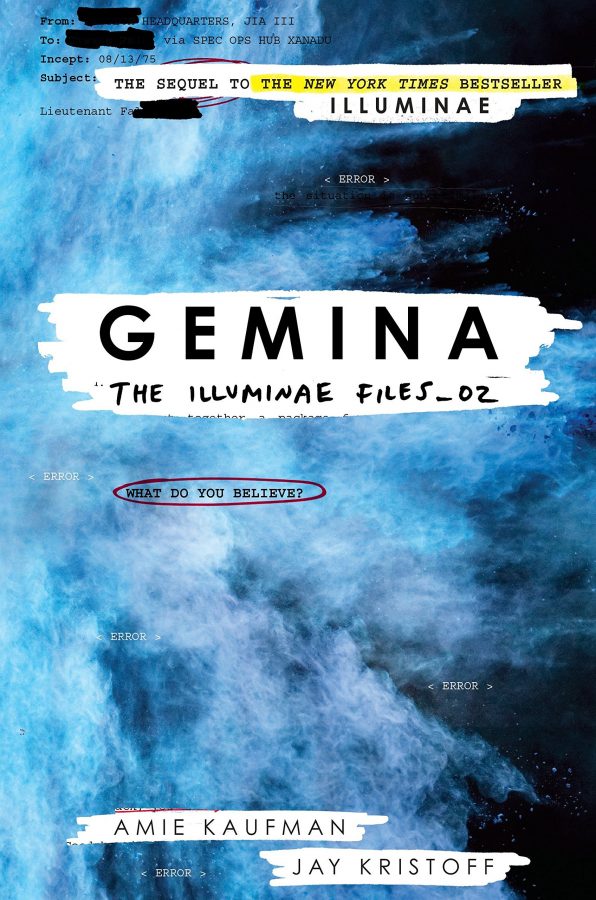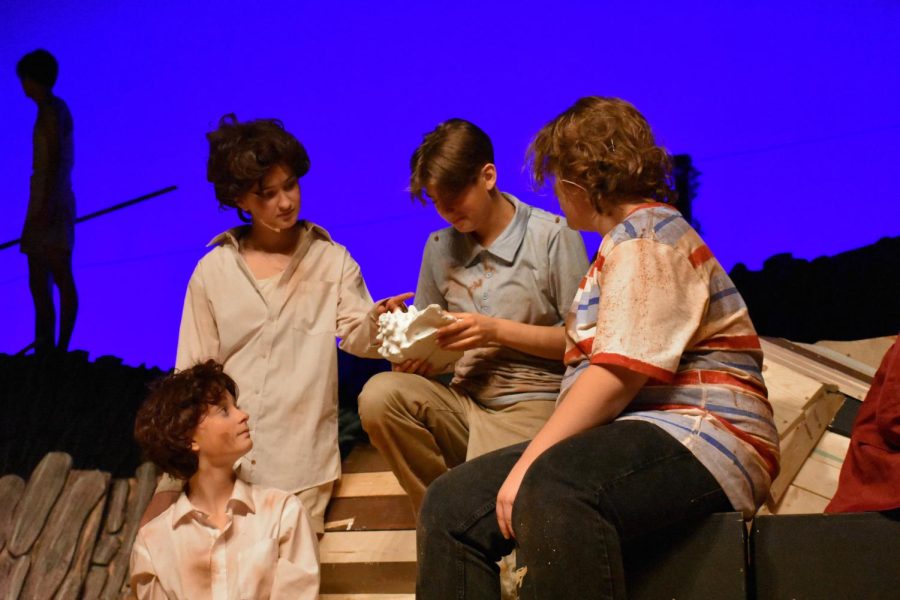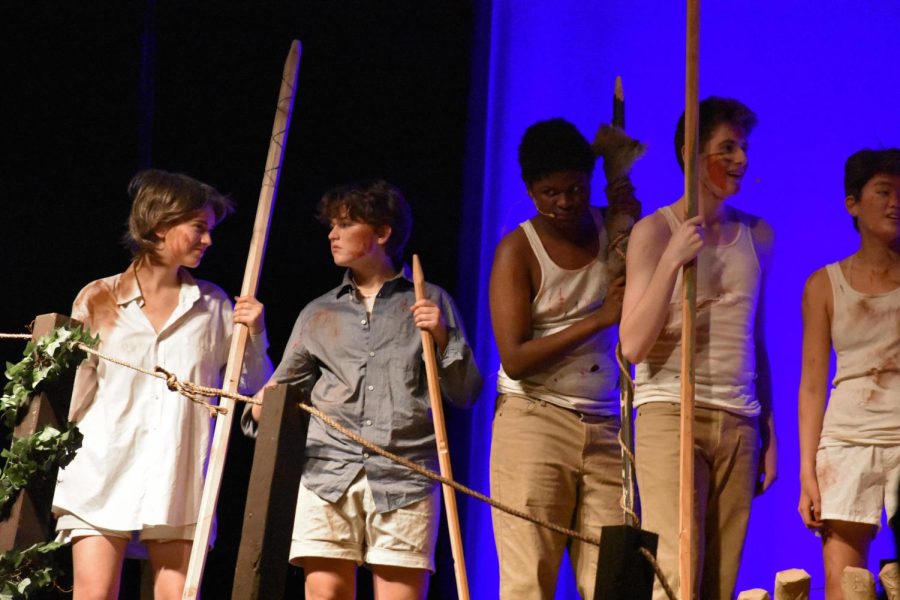By — Danny Kistner
Following my review of Illuminae a few weeks ago, I went ahead and read its sequel and the second book within the Illuminae Files series by Jay Kristoff and Amie Kaufmen. Since then, I’ve also begun its third and final book, Obsidio, and can say with some confidence that Gemina is the worst of all three.
The Premise
In book two, we follow an entirely different couple and their lives aboard the Jump Station Heimdall, which, if you’ll remember, is the exact station that the Kerenza refugees were attempting to get to in book one as well as where Kady’s father works. Hanna Donelley, daughter of the jump station’s commander and for all intents and purposes this book’s popular girl; and a boy named Niklas, who equates to what can be considered a space gangster. Nik’s family, by the by, sells what is colloquially referred to as “dust”, a lovely product created by harvesting evil space worms, who eventually act as secondary antagonists later on when they break free of their confinement.
BeiTech, our bad guys from book one and still the main antagonists, on the other hand, hire intergalactic hitmen-pirates to take over the jump station and they do so almost successfully, until they’re stopped by a ragtag team of hormonal teenagers and eventually the rememnets of the Hypatia crew.
A cross-dimensional near catastrophe later, this plot was no more unique than that of any other space opera, its research standing out more than the dialogue.
The Good
Just as with book one, the stand out feature of this series is all the backend work. It’s very obvious that Kristoff and Kaufmen consulted professionals when it came to the technical aspects of their story, no fault or scientific crime committed in terms of actually being able to split open entrance ways to parallel universes, or otherwise.
As was previously mentioned, I am currently reading the third book, and though book two was slightly better than terrible, I can now see why so many hoops were jumped through to get the plot moving, though this doesn’t stop me from wishing the characters hadn’t all being spunky cardboard cutouts of every teenage movie trope in existence.
The Bad
Even if I were to ignore the lack of dynamic, developed characters, there is still the obvious and somewhat frustrating case of Teenagers Save The World and in this circumstance, teenagers with limited skill after having “defeated”, for lack of a better term, highly trained adults. Though there was eventual help from those aforementioned evil worms in taking down the space pirates, it seemed so implausible, if not impossible, for them to so easily outsmart and eventually outman professionals double their age. All other adults, such as Hanna’s and Kady’s fathers, served almost entirely as plot devices.
Another, slightly more infuriating fact was that of an extraordinarily forced love triangle, something that made near to no difference to readers given that Hanna’s boyfriend was written to have the most stale of relationships with her (rendering his eventual betrayal emotionally ineffective and ultimately unsurprising) and bad-boy space gangster Nik, whose witty remarks, as cheesy as they were, did make him seem more like a human being. I won’t complain about the third-grade-boy-level jokes this time.
The prose is the last of my complaints, given that it was far more purple in this book than the last, which leads me to believe that Kristoff was given a little too much freedom in how video analysis and AIDEN scenes were written. On one hand it was far more storybook, and in AIDEN’s case made him very readable as an Other Thing, on the other though, it killed the illusion within the video analysis that it was just a person talking.
Overall — 2.5/5 Stars






